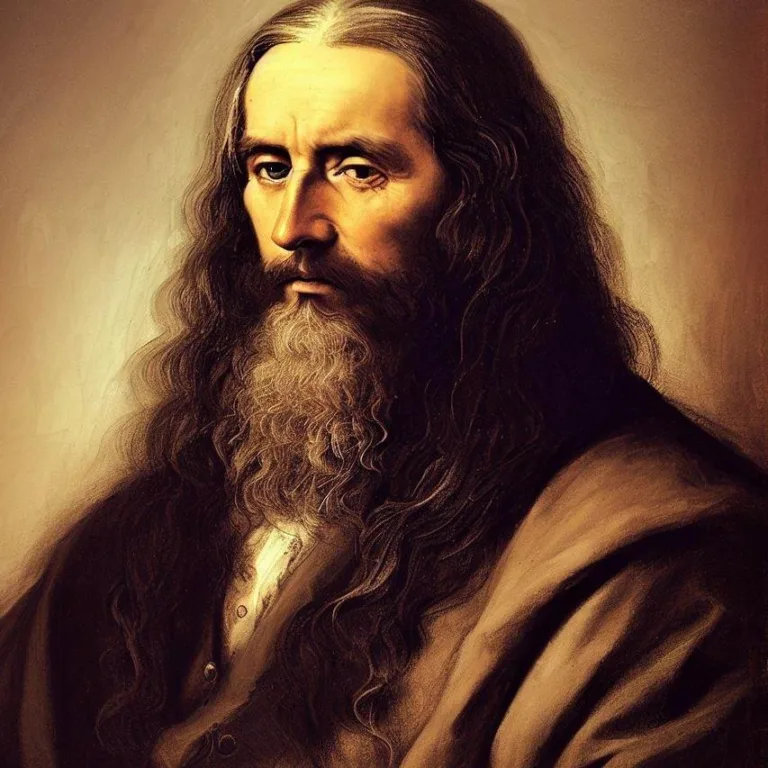Welcome to our comprehensive exploration of one of history’s most brilliant minds: Leonardo da Vinci. In this article, we delve into the life, accomplishments, and lasting impact of this polymathic genius who reshaped art, science, and the very essence of human curiosity.
A renaissance visionary
Leonardo da Vinci, often referred to simply as Leonardo, was a true Renaissance man. Born in 1452 in Vinci, Italy, he possessed a rare blend of artistic prowess and scientific curiosity that set him apart from his contemporaries. His relentless pursuit of knowledge and boundless creativity allowed him to excel in various disciplines.
Master of art
Leonardo’s artistic legacy remains unparalleled. His meticulous attention to detail, realistic portrayal of human anatomy, and mastery of light and shadow revolutionized the world of art. Iconic works such as the „Mona Lisa“ and „The Last Supper“ continue to captivate viewers worldwide, showcasing his unparalleled ability to infuse emotion and depth into his creations.
Scientific inquiry
Beyond his artistic achievements, Leonardo’s scientific inquiries were equally remarkable. His fascination with anatomy led to meticulous dissections that revealed groundbreaking insights into the human body’s inner workings. He explored engineering, aerodynamics, and even sketched designs for flying machines, centuries ahead of his time.
Innovative inventions
Leonardo’s inventive spirit extended to a plethora of concepts and inventions that foreshadowed modern technology. His notebooks brimmed with ideas for machines ranging from bridges and tanks to automated tools and musical instruments. His forward-thinking concepts demonstrated his ability to bridge the gap between imagination and practicality.
A lasting legacy
Leonardo da Vinci’s impact on the world cannot be overstated. His insatiable curiosity and relentless pursuit of knowledge set a precedent for interdisciplinary exploration that continues to influence scholars and creators today. His artistic techniques, scientific observations, and innovative ideas remain relevant and celebrated across the globe.
Frequently Asked Questions (FAQs)
Q: What is Leonardo da Vinci best known for?
Leonardo da Vinci is best known for his exceptional skills as a painter, with iconic works like the „Mona Lisa“ and „The Last Supper.“ He also made significant contributions to various scientific fields and left behind numerous inventive concepts.
Q: How did Leonardo’s art change the Renaissance?
Leonardo’s art revolutionized the Renaissance by introducing a level of realism, emotion, and scientific accuracy that had not been seen before. His techniques and innovations inspired generations of artists to push the boundaries of artistic expression.
Q: What were some of Leonardo’s most famous inventions?
Leonardo’s inventive ideas ranged from flying machines and scuba gear to an early version of the helicopter and an automated bobbin winder. Although many of his inventions were not constructed during his time, they showcased his incredible imagination and foresight.
Q: How did Leonardo’s scientific pursuits influence modern anatomy?
Leonardo’s meticulous anatomical studies provided unprecedented insights into human anatomy. His detailed drawings and observations laid the foundation for modern understandings of the human body, aiding medical and scientific progress for centuries to come.
Viz také:






